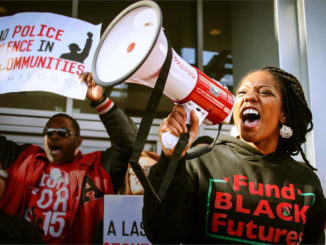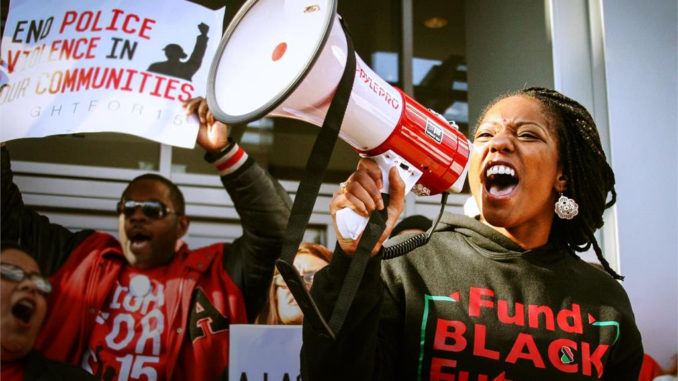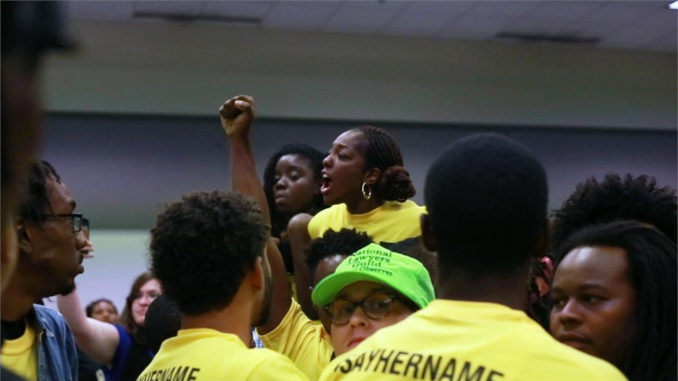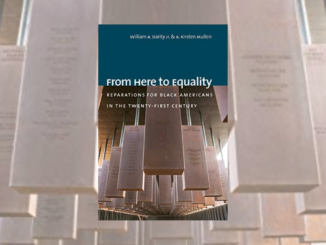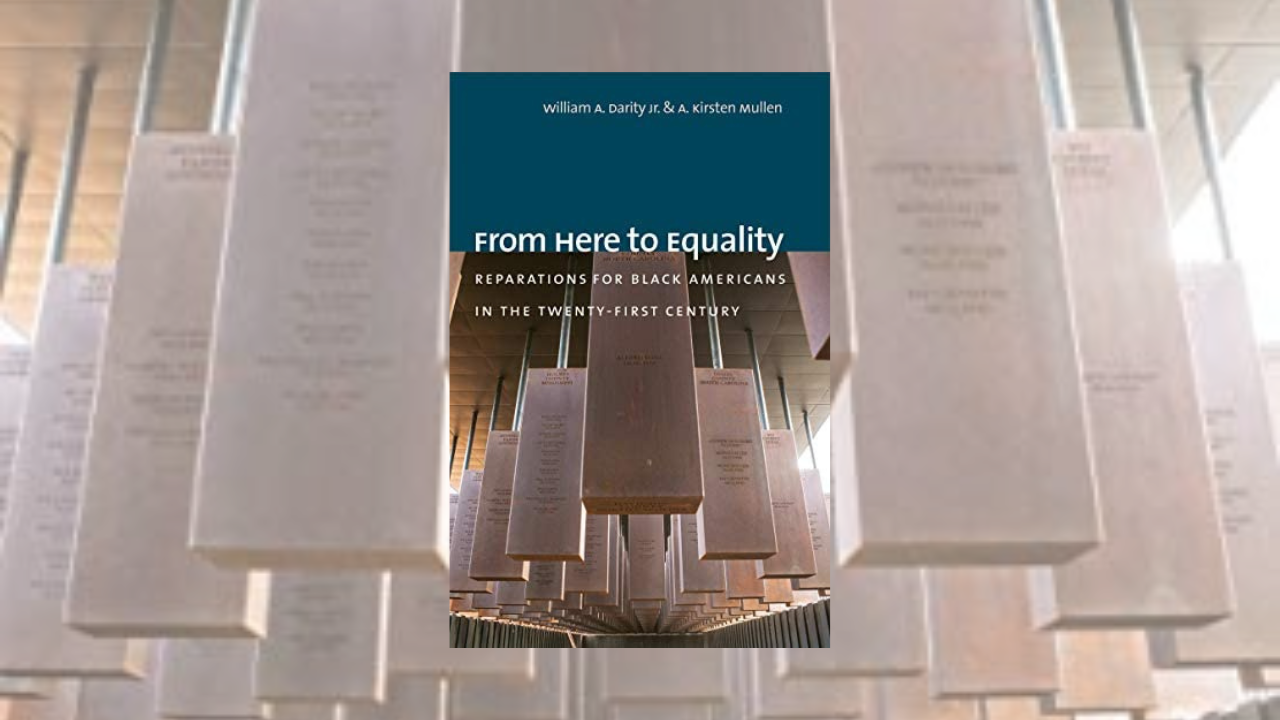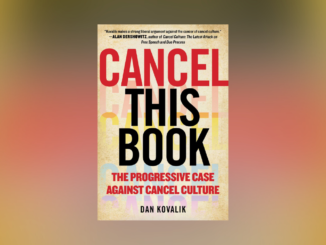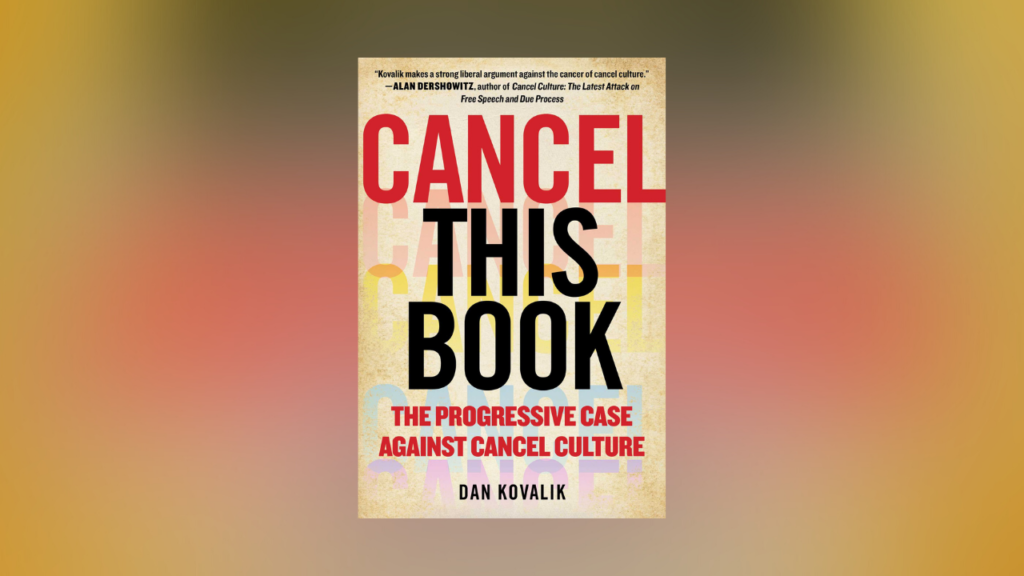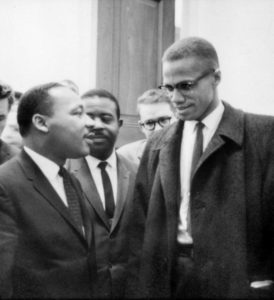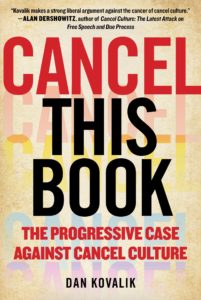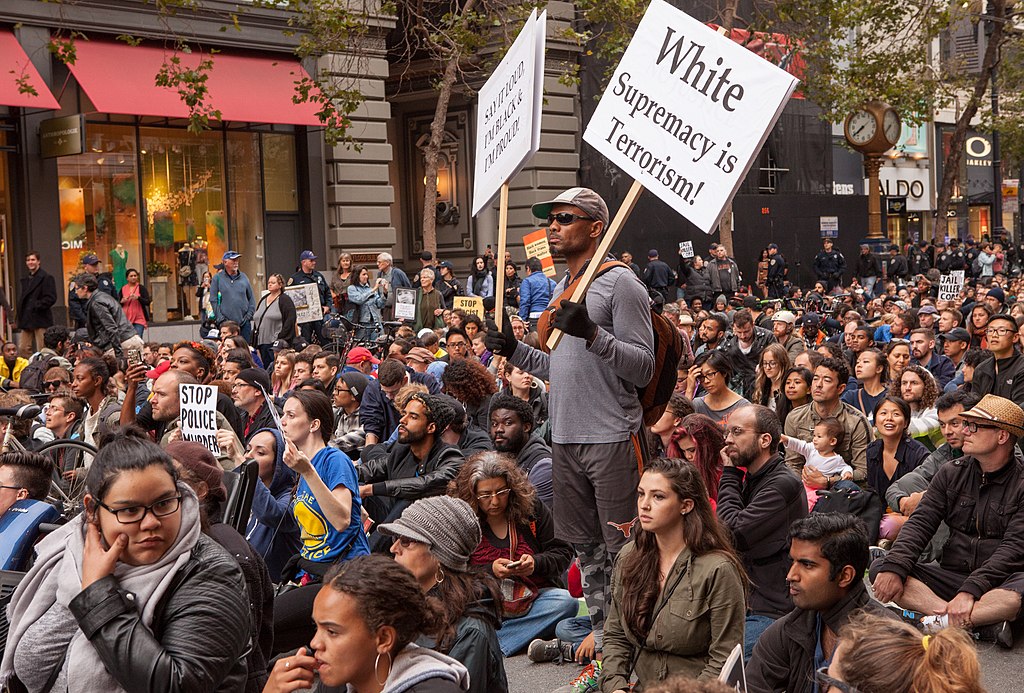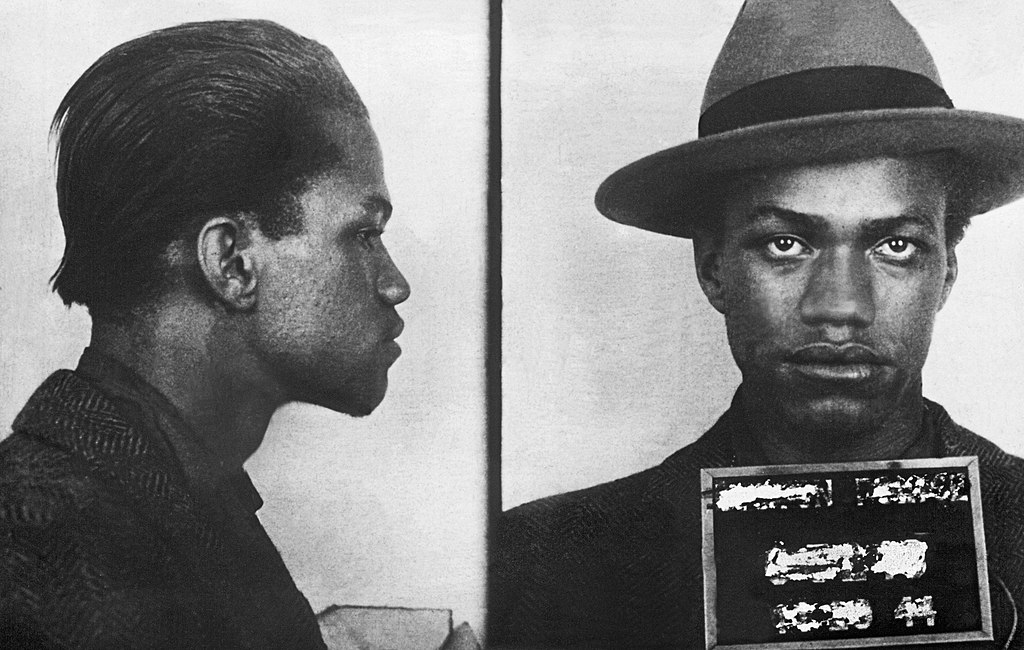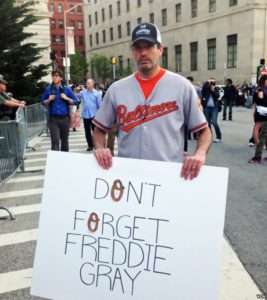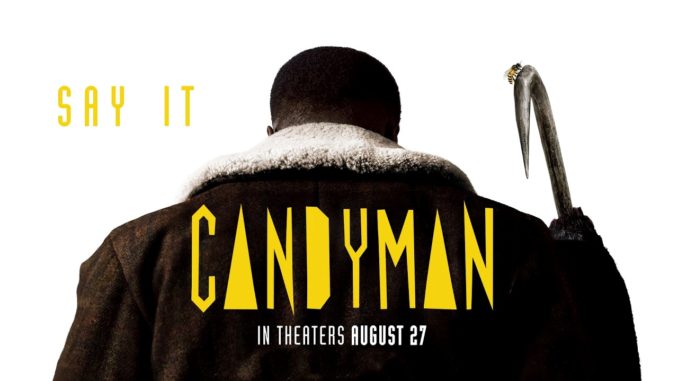
A scene in Nia Dacosta’s film, “Candyman” (2021), might go unnoticed, but it signifies the theme of representation appearing throughout the film. Representation refers to oppressed people being seen in media and politics, but it does not mean they wield power in those sectors.
Actor Yahya Abdul-Mateen II plays the central character “Anthony McCoy,” whom we aren’t sure can be called a protagonist or an antagonist, even by the movie’s end. In the aforementioned scene, he stands at the intersection of a long-abandoned neighborhood, which is composed of former row-house apartments that used to surround the high-rise tower of Cabrini-Green, a public-housing project in Chicago. The street he is facing is empty of typical neighborhood life—adults going to and from work or errands, kids playing, teens hanging out. But remnants of their neighborhood, including the doorless, windowless apartment units that offer nothing but a foreboding darkness, stand as empty, haunting reminders of a people who used to live there but are long gone. The street is marked by a sign for “Mohawk St.”, and as he walks around the corner, another street sign reads “Locust St.” These are actual streets in the Cabrini-Green neighborhood in Chicago, lending credibility to the storyline by anchoring the tale in the actual remains of the infamous neighborhood, whose residents had been long displaced through gentrification.
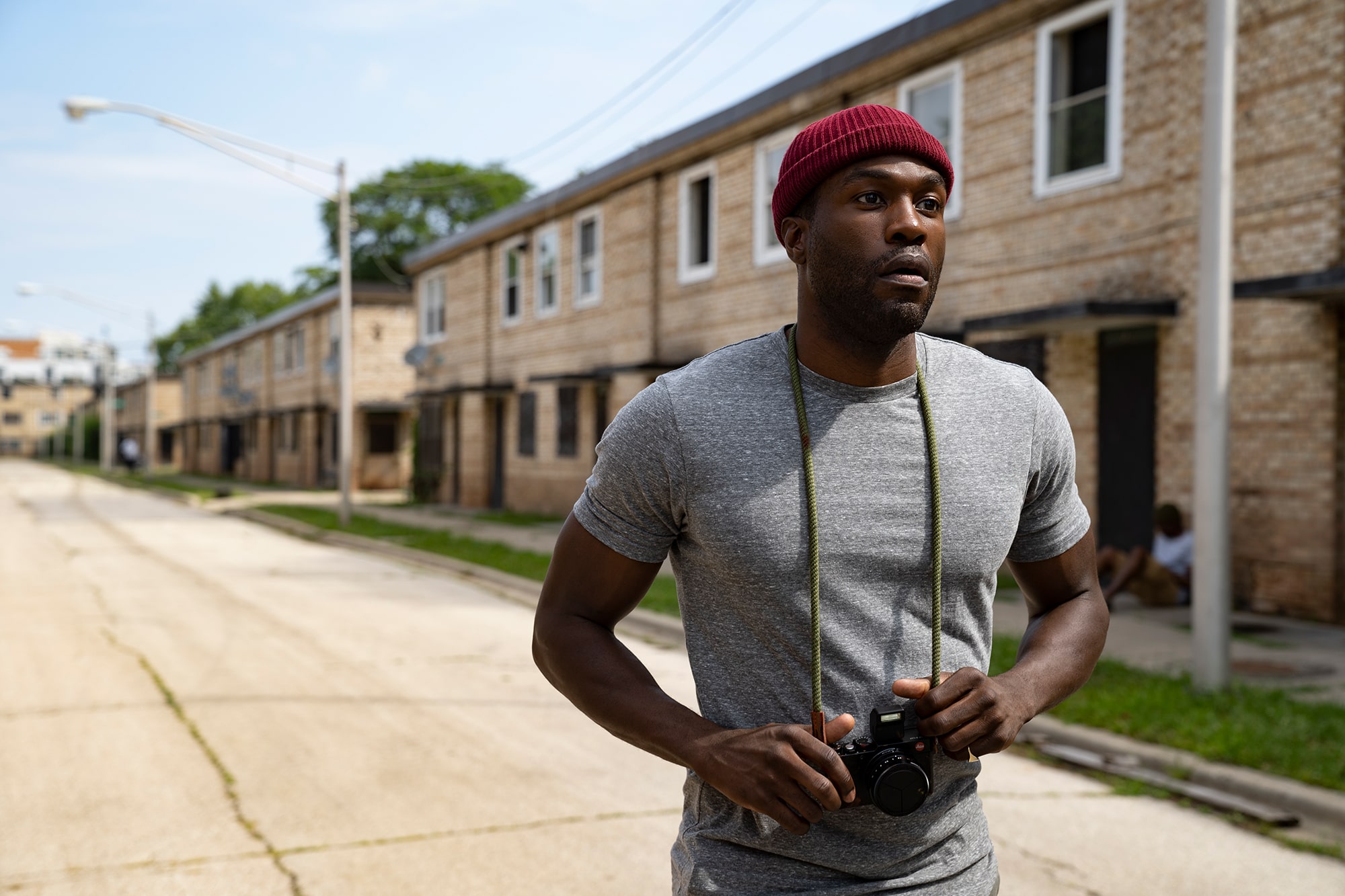
But the street names seem to also juxtapose the disappearance of Indigenous tribes, like the Mohawk. They are relegated to outposts that are out of sight, out of mind for the rest of us. The impetus behind the mass displacement of both the Black and poor residents of Cabrini-Green and Indigenous people is the locust-like swarm of gentrification, which could be argued is a modern day form of settler-colonialism. It might be a stretch to make this kind of observation of this scene. It might not have been one that DaCosta might have been intending to make. But it is a connection I couldn’t help making, considering “Candyman” is less of a horror film than an indictment of white supremacy and the terror that it inflicts upon the communities it ravages.
I will try not to provide many spoilers in this review. I will say seeing the first “Candyman” (1992) is critical to understanding the expansion of the story and themes in the current iteration. But those themes that are outside of the conventional horror narrative are as important to the experience as continuing the urban legend of “Candyman.”
Abdul-Mateen is convincing in his portrayal of “Anthony,” a young Black aspiring artist struggling to make his mark on the art world. Ebulliant actor Teyonah Parris plays McCoy’s partner, “Brianna Cartwright,” also a young Black up-and-comer working as a curator at the gallery where her partner’s work is being shown.
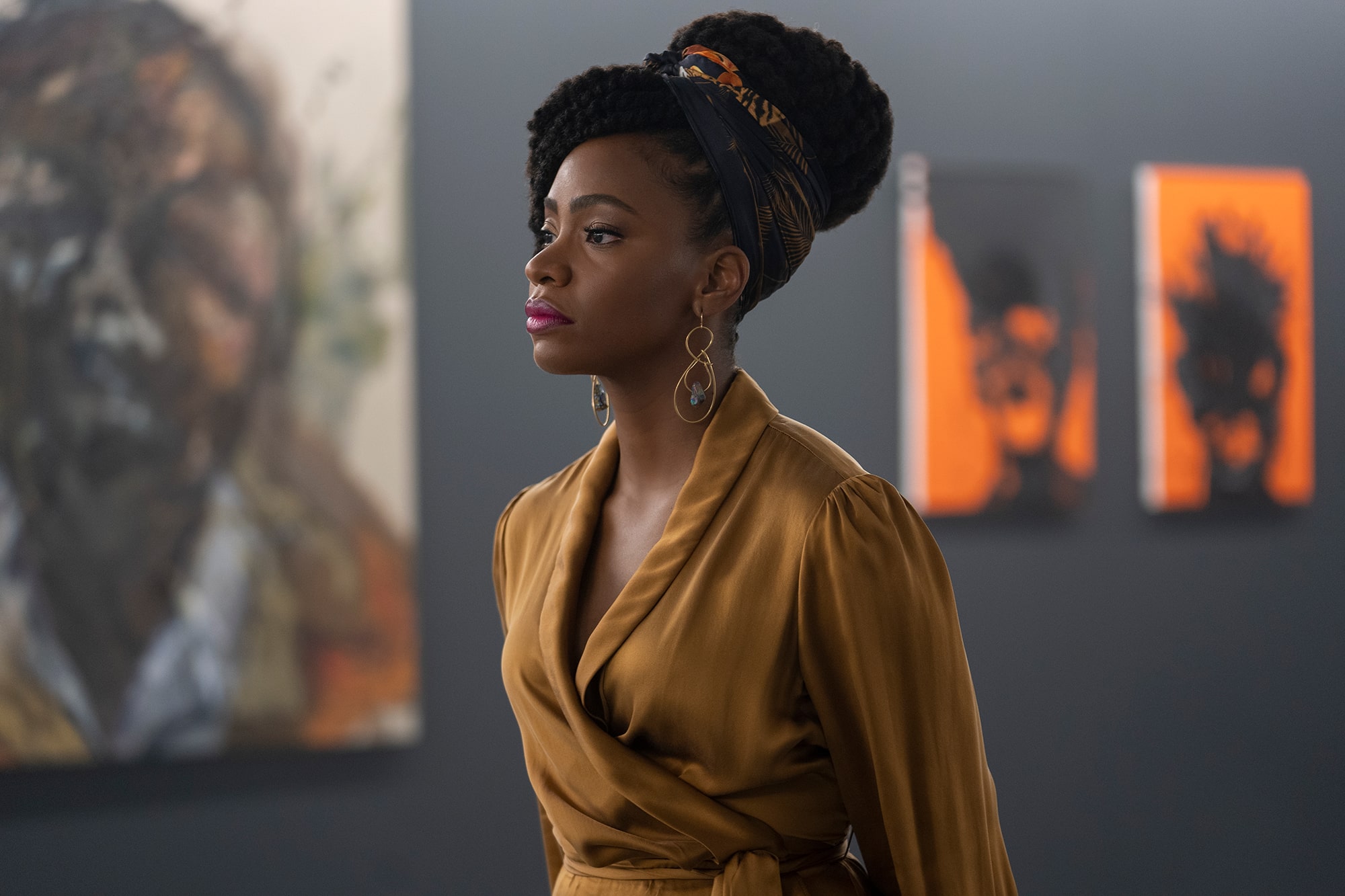
The characters live together in one of the trendy, expensive apartments in the gentrified Cabrini-Green neighborhood, long after the towers had been torn down. Brianna and Anthony appear to have a loving, committed relationship, a lovely expression of Black Love that we all enjoy seeing so much, and we need to see more of. That is until Anthony learns about the legend of Candyman from Brianna’s brother, “Troy,” played by actor Nathan Stewart-Jarrett. Anthony is fascinated with the legend and pursues inspiration for new art by visiting what is left of the old Cabrini-Green neighborhood. He meets one of the last remaining residents, seemingly neighborly “William Burke,” portrayed by veteran actor Colman Domingo.
Here is where I’ll leave off describing the timeline of the movie, because how things happen almost take a backseat to what some of those things seem to represent.
Anthony slowly transforms into… something, and his physical transformation coincides with what seems like the fraying of his mental state. Anthony attempts to protect his partner, Brianna, in a pivotal scene that exposes something far more sinister in real life than a horror movie boogeyman: The horrifying and lasting effects of trauma and the unaddressed mental illness among Black people, particularly how Black men are misunderstood or ignored when they suffer mental health crises and trauma.
The tendency for many of us to dissociate ourselves from mental illness and trauma is touched on in a seemingly disconnected flashback that Brianna has of a traumatic childhood experience with her father. No, it’s not sexual abuse, but it is traumatic. But because she never confronts what happens, when her partner, Anthony, begins to display behavior that suggests his mental health is fraying, Brianna responds with less and less understanding, and more and more hostility. Focusing more on moving up in her career than her partner’s obvious growing difficulties, she ultimately leaves Anthony alone to face whatever he is experiencing.
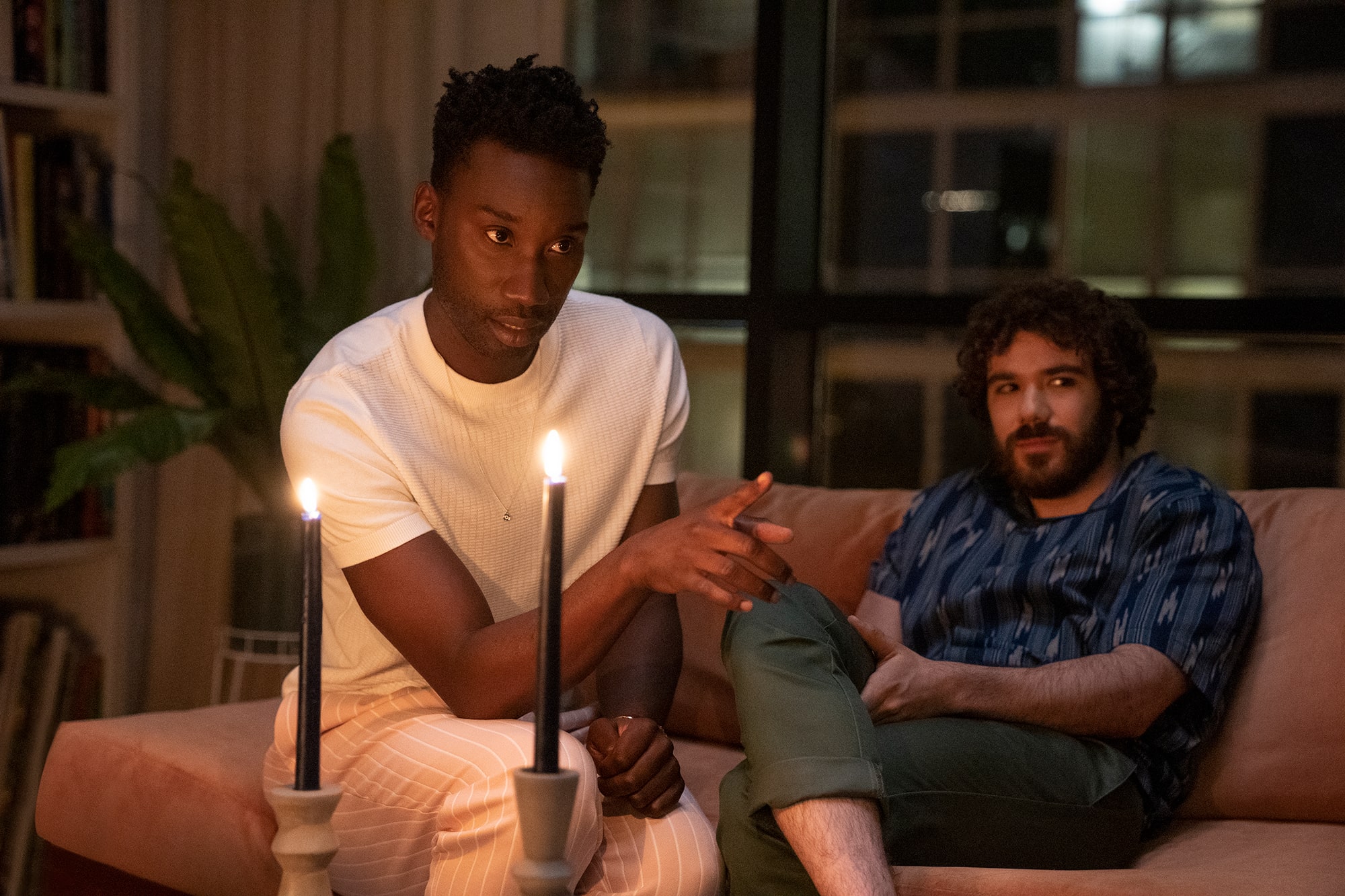
Brianna’s brother, Troy, is also pointedly critical of Anthony as the Black Man Living Off a Black Woman. But Troy himself is settling into a relationship with his new partner, “Clive” (played by Brian King), who Brianna accepts and notes is a welcome change from her brother’s usual unsavory choices. It is another interesting play on the trope of listless Black men being leeches on successful Black women that doesn’t sting any more or less because the one employing it in this case is a gay man. Rather it seems that this represents the pervasiveness of the deadbeat Black man stereotype—even other marginalized Black men believe it.
Much of the first third of the film revolves around Anthony’s transformation. That is where the trauma of centuries of racist violence against Black men emerges.
Much of Anthony’s transmogrification occurs in front of mirrors. That is obvious to the storyline and the myth of Candyman, but it doesn’t quite apply to Anthony because he isn’t sure if he is hallucinating or not. When he realizes that what he is seeing is real, the scene conveys less horror movie scare than a deep reflection into what happens to Black men’s souls living in a white supremacist system that loves their culture, their swag, their art and anything else from which society can profit. But this society doesn’t love them, and it will not hesitate to express its disregard for Black men in the most violent, inhumane ways possible.
That long history of racist violence against Black men is told in cleverly laid-out shadow puppetry, which simultaneously removes the physical gruesomeness of the acts portrayed while delivering their inhumane brutality. Each shadow-puppet story relates to a different iteration of Candyman, and the collective trauma of centuries of violent racist brutality against Black men turns the Candyman figure into something other than a villain. Terrifying in his visage and actions, certainly, but the question emerges as the connections are made between this history and the urban legend come to life: Is Candyman the monster, or is the monster what created Candyman?
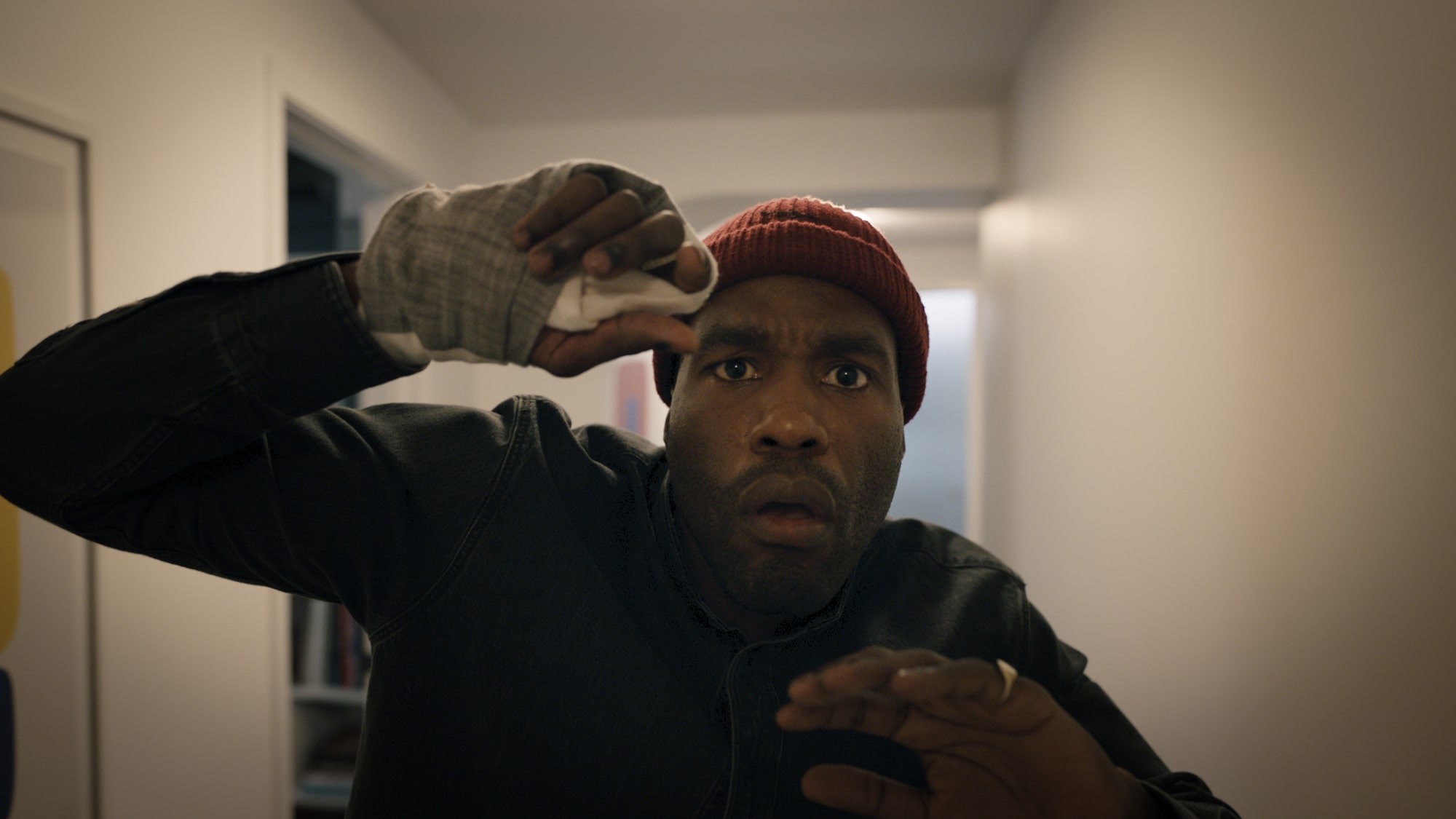
As viewers hopefully make this connection, they are invited if they are thinking further to ask a larger question: Are Black men, who lash out at a society that finds every way imaginable to destroy them, the monsters society says they are, or is the monster really society?
Indictments of white supremacist society and privilege, and the impact of the trauma of community having been erased, are woven throughout the film, reflecting ways Black people are either dismissed or used before being discarded.
The contempt and condescending paternalism of society’s gatekeepers is represented by the gallery owner and the art critic—and even the Black major-gallery curator—as they have little regard or use for Anthony as he struggles to produce content that will elevate his profile. They do not hesitate to disregard him when he is no longer of use to them.
The ease with which an oblivious white society appropriates Black culture, traditions and even urban legends—believing no consequences exist for that appropriation because they have no connection to the community those things come from—is reflected in a scene that is on the surface typical horror-movie, high-school kid hijinks.
The crushing trauma of surviving the systematic eradication of one’s community, and the desire to get back or revive what was taken or destroyed, is an underlying aspect of the actions of neighborly-seeming sole survivor/resident of Cabrini-Green, William Burke.
The way society is more accepting of a Black women’s efforts to climb the ladder, and how easily they dismiss Black men as they fall down it—even as they watch—can be extrapolated as we witness Anthony’s growing instability as it manifests itself when he and Brianna are trying to court a renowned gallery owner.
The way that our parents may have been doing the best they thought they could by moving their children out of the ‘hood and into “better” neighborhoods, encouraging them to forget where they came from in an effort to give them a better life, seeps through the cracks as Anthony confronts his mother about a past she has kept from him. The toll of keeping that secret trauma seems to have weighed heavily on his mother, as well, as family secrets are wont to do…
The running theme of racist police violence in the film—from beginning to end—is reminiscent of… well… every story we know about racist police violence. Brianna is ultimately put in a horrific situation, and then cynically used against Anthony in a way that shouldn’t be unfamiliar to our real-life experience with racist police terrorism. Brianna realizes then who she is, who Anthony is, and that he is the only one who can save her.
I have noticed among online fan reviews wildly divergent reactions to this movie, almost strictly along racial lines. If the reviewer is a white person, they almost unanimously and unequivocally hate this movie. I see these people as those who do not want to face the traumas and horrors of the history and continuing legacy of racist violence against Black people, which I believe this film effectively expands upon from the original “Candyman.” Although, I find it odd some who have seen this film say they loved the original, but hate this one because it’s “too political,” because they clearly missed the political history of Candyman in the original. They’re mad Candyman only kills certain people, but aren’t bothered at all by the historical track record and legacy of the broken bodies and souls of Black men, women, and children that created Candyman. So they do not see the connection between real life reflected in the film’s themes. But selective memory is what this society is great at, so this response is actually not a surprise at all.
But for others who understand what DaCosta’s “Candyman” is trying to say and why, it may not be scary in the traditional slasher/spine-tingler sense, so it’s hard to say whether or not the movie is “good” as a traditional horror film. However, the real-life nightmares and horrors reflected in this film are what many Black viewers will be all too familiar with.
As Brianna’s brother, Troy, says early in the movie, “Black people don’t need to be summoning shit.”
We don’t have to summon supernatural boogeymen. The horrors we live are real.
Jacqueline Luqman is a radical activist based in Washington, D.C.; as well as co-founder of Luqman Nation, an independent Black media outlet that can be found on YouTube (here and here) and on Facebook; and co-host of Radio Sputnik’s “By Any Means Necessary.”

